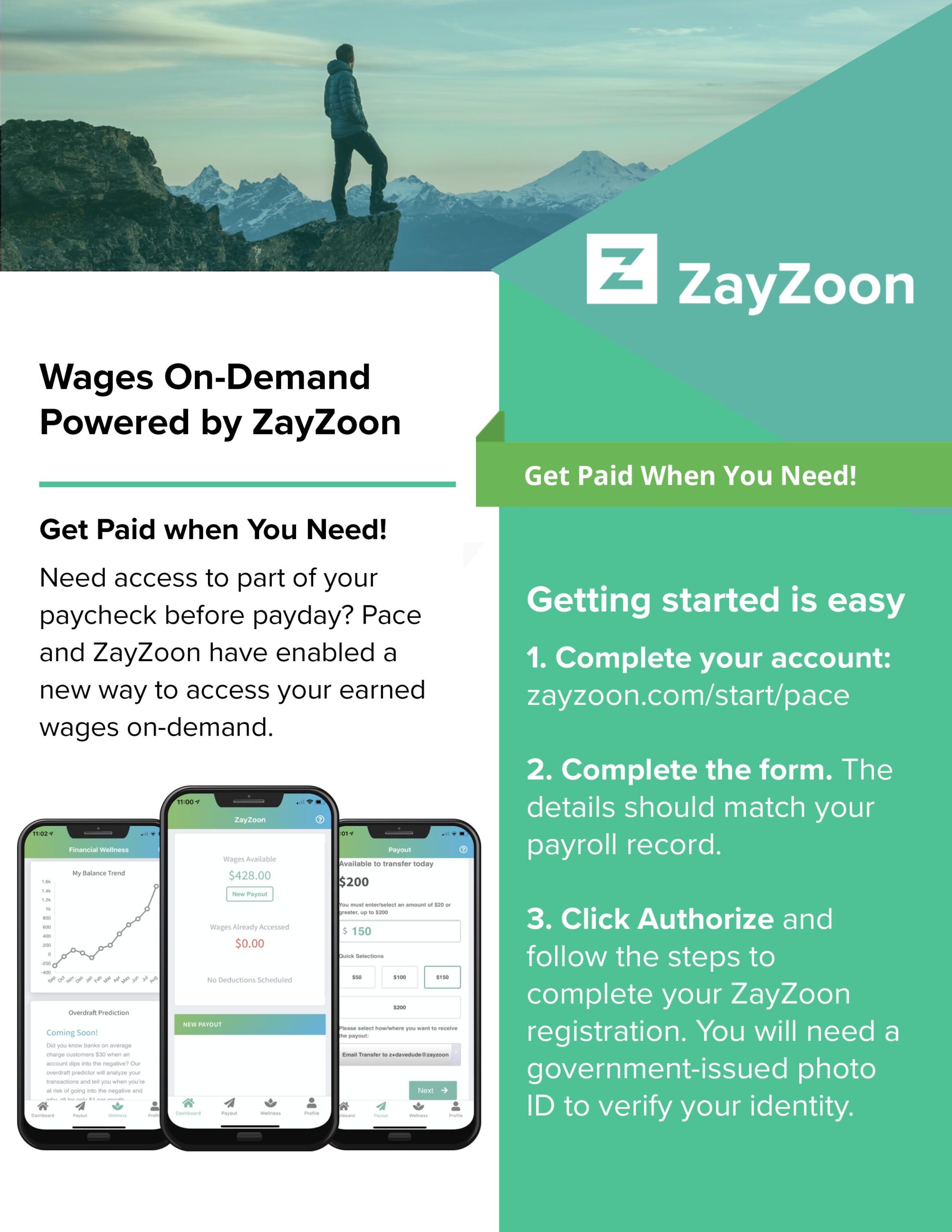
Managing shipping costs is essential for any business, and even more so for small businesses. It directly impacts the bottom line and has become a key differentiator in customer satisfaction.
While large companies have more leverage to negotiate better rates with higher volumes, there are many things a small business can do to ensure it is choosing the most cost-effective options.
The first and most obvious one is to research and compare pricing plans between the major national carriers like the U.S. Postal Service, UPS, and FedEx. Although a small business usually ships from one location, and doesn’t often locate inventory in multiple locations, it’s still smart to understand how carriers price packages and calculate costs for different shipping zones. Consolidating multiple items in one package and utilizing flat rate options for small, heavier items are straightforward solutions.
Small businesses can also implement cost saving methods internally – an area over which they have much more control. For example, it’s worth investing in quality shipping materials to prevent damage and unnecessary returns, and also to make sure packages are properly sized and weighed to avoid overpayment.
A small business shipper can also consider shipping software or services like ShipStation, Stamps.com, and Shippo, which are all designed to help small businesses save on and manage their shipping costs.
On the retail side, companies should offer a clear and transparent shipping policy as a proactive way to manage customer expectations and reduce disputes. A shipping policy will include:
- Costs (standard, expedited, and economy options)
- Standard delivery times
- Exceptions
Although Amazon Prime has popularized the concept of “free” shipping, both sellers and consumers understand shipping is never free and the costs have to be borne somewhere. Smaller businesses may consider offering free shipping only for orders over a certain minimum amount to encourage larger purchases and improve average order value.
Some small businesses get their start on seller platforms like Etsy, and pack artisan items in their home or garage. If the business grows and shipping needs become too time consuming and complex, it may make sense to outsource fulfillment to a third-party logistics provider (3PL) that can manage warehouse inventory, as well as picking, packing, and shipping.
Effectively managing shipping costs can significantly impact a small business’s profitability, so it’s a good idea to regularly review and adjust shipping strategies to find the right balance between cost savings and customer satisfaction. Each business has to select the right strategies to successfully handle and transport its products, while continuing to appeal to its customer base.











